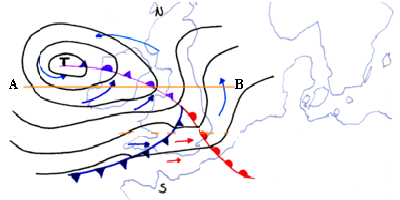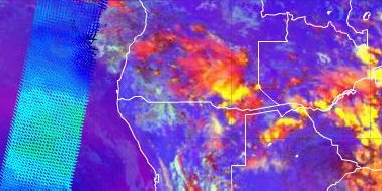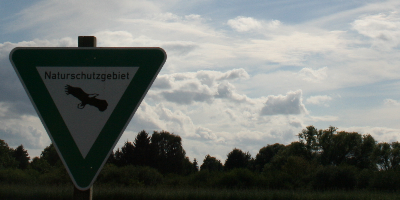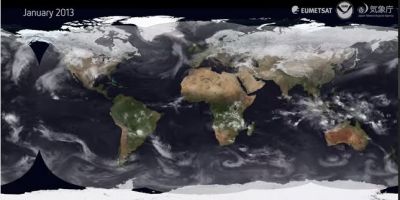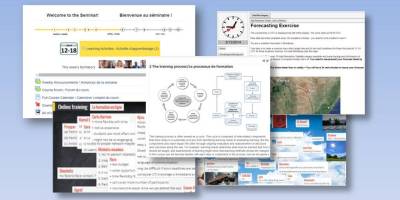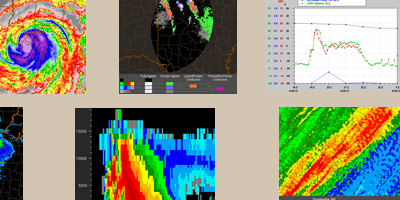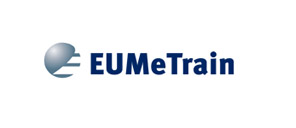
CALMet Online 2014 – Diverse in Culture, United in Learning
6 October – 28 November 2014, OnlineCALMet Online will gather together meteorological and hydrological trainers, as well as related disciplines facilitators, from around the world. As the event is totally online and free, you will not need a travel budget to participate.
During the sessions we will share experiences and innovations in training, mainly in the field of hydro-meteorology, and together find new approaches for improving our training activities and programmes.
To make taking part easy and flexible , the event will be based on several asynchronous sessions, each of them which will be accessible for one, or even several, weeks. Each session will be hosted by a leader or group from a specific WMO Regional Association, demonstrating a new learning solution, experiment or innovation. The participants will have an opportunity to discuss, test and give feedback about the learning solution.. The resources are intended to be reusable after each session. Interest participants in the event should get a tangible benefit from the experiences they gained in each session.
The event will be hosted in English, but some sessions may contain parallel regional activities in other languages. A schedule and list of sessions will be announced at CALMet Commons soon.

